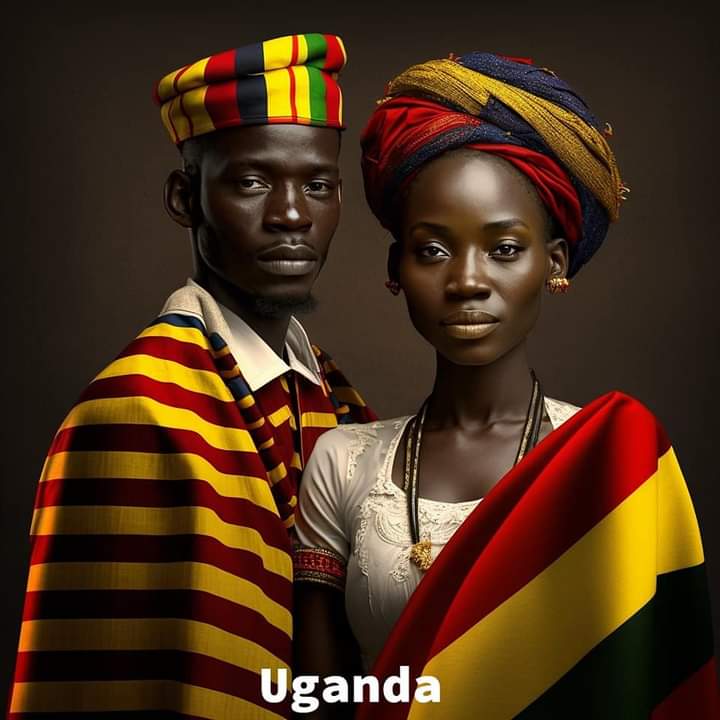IHRC NATIONAL EXECUTIVE COMMITTEE UGANDA

Mr. Neviliya Daniel
Country President

Mr Bahebwa John
Deputy Country President

Mr. Aaron Maduka
National Secretary

Mark Howard Henderson
ICLDU Patron

Mrs. Harriet Angwen
Project Coordinator Women affairs and counseling

Mr. Bwambale Amon
Project coordinator Online & IT

Mr. Rwabuhinga solomon
Project coordinator research & evolution

Mr. Kabagambe Moses
Advocacy Director

Mr.David Nathan
Compliance Director

Ms. Kyakyo Juliet
Initiative Director

Mrs. Nyabosi Constance
Volunteer Director

Mr. Kasaija Robert
Lobbying policy making & Campaigning Director

Mr. Kairi Paul
Philanthropy Director

Ms. Margret Nanyonga
Volunteer

Ms. Ninsiima Olive
Volunteer

Mrs. Betty Nevelia Peace
Fundraising Director

Mr. Tumwine Joshua
Fundraising Director

Mr.Happy Sedrack
Special events Director

Mr. Karuhanga Derick
Volunteer

Mr. Muhumuza Davis
Volunteer

Mr. Obedi Alinda
Volunteer

Ms. Kabatambuzi Annet
Volunteer

Mr. Ali Kusemererwa
Volunteer

MR. KIHUKU BORNFACE
CHAIRPERSON

MISS. KOBUGABE IMMACULATE
VICE PERPERSON

MR. BALUKU SEMEI
SECRETARY
About Uganda
Uganda is a landlocked nation in East Africa bordered by Kenya, Sudan, Rwanda, the Democratic Republic of the Congo, and Tanzania. Lake Victoria occupies a large part of the country’s southern part. Kampala is the capital city.
Until 1,700 to 2,300 years ago when Bantu speakers migrated to the area, the people in Uganda were hunter-gatherers. In 1962, Uganda gained its independence from Britain. Its official languages are Swahili and English, but other languages are used. Uganda belongs to the African Union, the Commonwealth of Nations, the East African Community, and the Organization of the Islamic Conference.
History
Bantu speaking people migrated to the area from central and western Africa approximately 1,700 to 2,300 years ago. They brought not only iron-working but political and social ideals. In the 14th and 15th centuries the Empire of Kitara was the earliest formal organization. They were followed by the Bunyoro-Kitara, the Buganda, and the Ankole.
Beginning in 120 AD, Nilotic people, including the Ateker and Luo, came into Uganda from the north. Some of the Luo invaded the Bunyoro areas and assimilated with the Bantu. This established the Babiito dynasty. This Luo migration ended in the 16th century. The Ateker settled in other areas of Uganda and some combined with the Luo north of Lake Kyoga.
In the 1830s, Arab traders moved from the East African coast and were followed in the 1860s by British explorers looking for the Nile’s source. Protestant and Catholic missionaries followed later in the 19th century. In 1888, the area became a British East Africa Company charter and a formal British protectorate in 1894.

